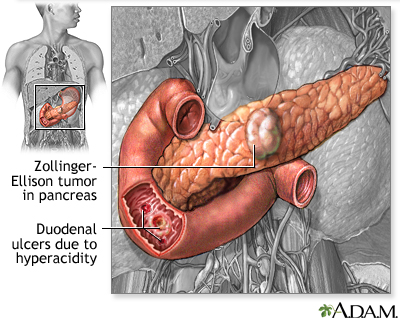
Typically between 3 and 6 pH levels lies weak acids, and below 3 lies the strong acids. This degree of acidity can also be seen from the pH levels. The common acids that you have probably come across include HCL, H 2SO 4, HNO 3, as strong acids and H 2S, HF, HNO 2, and HCN. They are essentially the inorganic compounds that have strong acidic properties. Usually, the stability of the ion yielded after the acid dissociates determines whether it is a weak or strong acid.Īs aforementioned, they are interchangeably called mineral acids because of their origin from mineral resources. This is yet another key difference between them and the inorganic acid. But, typically, the organic acids dissolve poorly in water, and dissolve perfectly in organic solvents. Strong acids do not exist in equilibrium because they ionize completely in solutions. The weak acids dissociate partially in water and exist in equilibrium with the H + ions and the conjugate base. The organic acids can be further characterized into strong and weak acids. For example, the alcohols have the properties of an acid. Even the compounds that have the –OH groups can have acidic properties, too. They are characterized by the –COOH group in their structural properties. The common organic acids include lactic acid, carboxylic acid, citric acid, formic acid and acetic acid. Organic Acidsīecause they are organic compounds that possess the acidic properties, they are therefore characterized by the inclusion of carbon in their structural and chemical properties as well as the hydrogen atoms. The key difference between these categories is that, organic acids are organic compounds that possess acidic properties and are typically weaker than the inorganic acids, whereas the inorganic acids, often interchangeably called mineral acids, are inorganic compounds with acidic properties and are typically stronger than the organic acids. As already indicated, they are categorized into organic and inorganic compounds. In solutions, a strong acid dissociates and ionizes completely, whereas a weak acid dissociate partially, and it donates fewer protons.Īt room temperature, acids are liquids and are corrosive. The identity of an acid is seen by the change of blue litmus to a red color. The lower pH indicates a strong acid, and a higher pH, say 6, indicates a weak acid. In general, the pH level and the litmus test are used to identify the acid strength and identity, respectively. The characteristic taste of acids is sour.Īcids are typically categorized into inorganic and organic acids, and each category can also be categorized into strong and weak acids.

At home, we come across the citric acid and acetic acid as the common acids found in our juices and vinegar, respectively. When an acid reacts with bases, it yields water, and when it reacts with metal it expedites corrosion by forming hydrogen gas.


Today’s common understanding is that an acid is a proton donor. Some of these definitions stated an acid as the proton donor, electron acceptor, hydronium ion donor, etc.

What is an acid?įor many years, scientists have had different ways of defining acids, but they were reaching a common understanding of what really an acid is. The table at the end will wrap up the key differences. We will first discuss each acid category and then highlight the main differences. There are characteristics and properties that distinguish organic from inorganic acids, and this article highlights them. We come across acids in everyday of our lives, whether at home or in a chemistry laboratory performing chemical reactions, but not all of us are well-rounded with the key differences between the organic acids and the inorganic acids. Difference between Organic Acid and Inorganic Acid


 0 kommentar(er)
0 kommentar(er)
